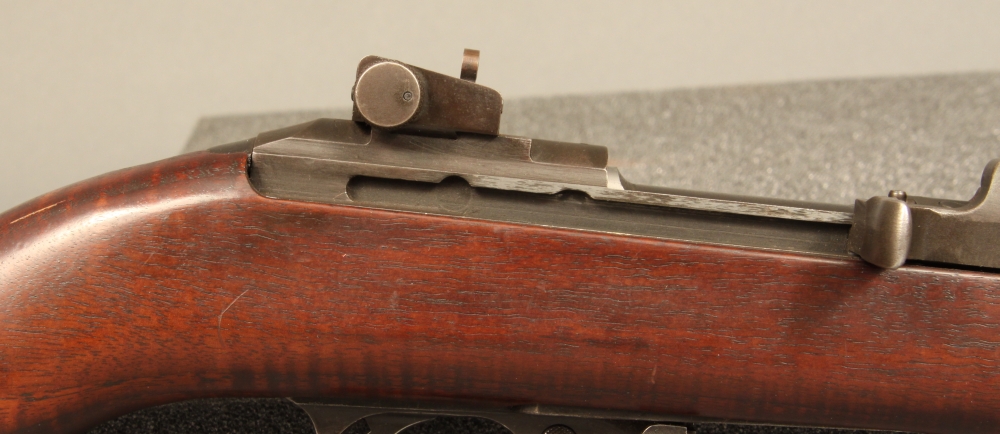

Manufactured by the late 1960's, some in the early 1970's.Ĭombination Manual and Automatic Bolt Action for Firearm Patent Universal did not implement all of the design changes indicated in this patent at the same time. The title of the patent can be misleading, as the gas piston was just one small part of this overall significant redesign of the carbine manufactured by Universal. and inventor Abe Seiderman, applied for a patent for a "Combination Manual and Automatic Bolt Action for Firearm".

In September 1966 Universal Firearms Corp. These partsĪnd their sources will be discussed throughout this text. Other parts can be obtained from various used parts dealers. A few of the parts are now manufactured by several different companies given the quantity of Universal hybrids still in use. As of 2017 most parts can stillīe obtained. Replacement parts can sometimes be hard to find. One adverse effect of this design change didn't become an issue until several years after Universal was no longer in business. The letter may be viewed here:Ĭomparing Virtues of Universal's. Some have claimed no company would have survived this long making only their hybrid carbines.Ībe Seiderman, inventor of the design, authored a letter to customers giving an overview of some of the changes and why they were made. If the hybrid design was flawed to the degree

Of the 420,000+ carbines manufactured by Universal 1962-1984 over 350,000 of them were their hybrid version manufactured 1967-1984. The change did create a number of minor problems This major change has been the cause of much criticism as Universal's hybrid has historically been compared to carbines of the design of the U.S. Made by other manufacturers and the surplus GI parts for the original U.S. While similar in appearance and using the same cartridge the majority of their carbine and it's parts were no longer interchangeable with parts used with their earlier carbines, the replica carbines To a degree the end result should no longer be viewed as a replica of the U.S.30 caliber carbine, Model M1. Universal's solution to these problems was to significantly redesign their carbines. It's strengths and weaknesses and the original carbine design was no exception. Not specific to Universal Firearms and can be encountered by any company intent on making a functional replica of the U.S. 30 caliber carbines during and after WWII. Commercial manufacturersīegan encountering a number of problems previously encountered by those who had initially designed and redesigned parts for the.

Several parts, such as the slide, were difficult to machine correctly. Universal's Major Design Overhaul - Their M1 Carbine becomes the Universal Firearms CarbineĪs the availability of GI surplus parts dwindled commercial equivalents were manufactured. Post WWII Commercially Manufactured M1 Carbines (U.S.A.)


 0 kommentar(er)
0 kommentar(er)
